Welcome to this new installment dedicated to the intersection of sound science and music theory. Today we dive into the mysterious world of the Doppler effect. Identified by Christian Doppler, a 19th century Austrian thinker, this effect is at the heart of our daily experience of sounds, and it has something to fascinate any music creator.
The keys to understanding: a clarification
Before diving into the subject, it is crucial to master certain terms that will allow you to better understand the Doppler effect.
Cycle
A cycle represents a single repetition of a wave, which can be measured from the peak of one wave to the next. To understand the relevance in music production, think of the cycle as a note or a beat. This could be the “kick” or the “snare” in a rhythm sequence, for example.
Period
The period is the time required to complete a cycle. In music production, this could be the time between two “kicks” or two “snares”. Knowing how to play with periods can add dynamism to your track, especially when it comes to using the Doppler effect creatively.
Hertz (Hz)
Hertz are units that measure frequency, indicating cycles per second. In terms of production, Hertz can help understand the tone of a sound. For example, a note at 440 Hz corresponds to the A4 note, which is often used for tuning instruments.
Velocity
Velocity is the speed at which a given sound wave travels. In music production, manipulating the speed of sound samples can alter the perception of sound, a concept at the heart of the Doppler effect.
What is the Doppler effect? An in-depth exploration
The Doppler effect is a phenomenon that occurs when the frequency of a wave (in our case, a sound wave) is changed because of the relative motion between the source of that wave and the observer. To put it simply, if you move towards a sound source, the frequency of the sound you hear will increase; if you move away from it, it will decrease.
Applications in music production
The Doppler effect can be creatively integrated into mixing and production. For example, sounds can be programmed to change frequency based on their position in the stereo field, creating a sensation of movement. This can add depth and dynamics to a track, especially in genres where spatial sound is important, like ambient or electronic music.
Everyday life meets theory
In our daily lives, the Doppler effect is often associated with emergency vehicle sirens or the sounds of passing trains. For a producer, these experiences can serve as inspiration for creating dynamic sound effects or transitions between different sections of a song.
I hope that these developments will allow you to better understand the Doppler effect and its potential applications in music production. If you have any further questions or would like further clarification, please do not hesitate to contact me.
What does the Doppler effect look like?
In a street recording, the main notes of the siren vary between the notes A and D. Due to the speed of the truck, the perceived frequency drops a semitone, approximately to G♯/A♭ and C♯/ D♭. This change is due to a variation in the number of cycles per second, a concept with which music producers are very familiar.
Common confusions
It's easy to confuse the Doppler effect with other sound phenomena, such as the analog tremolo effect in Andrew Bird's live performances. Although captivating, these experiments do not use the Doppler effect because neither the source nor the observer are in significant motion.
The Doppler effect is just one example of the illusions created by the physics of sound. As research continues to grow around this effect and its reverse applications, it remains a fascinating and useful tool for producers and musicians. Whether you decide to integrate this effect into your music or simply understand it, it will undeniably enrich your sonic palette.
Please feel free to contact me with questions or suggestions for topics related to psychoacoustics. Come on, get out there and create!


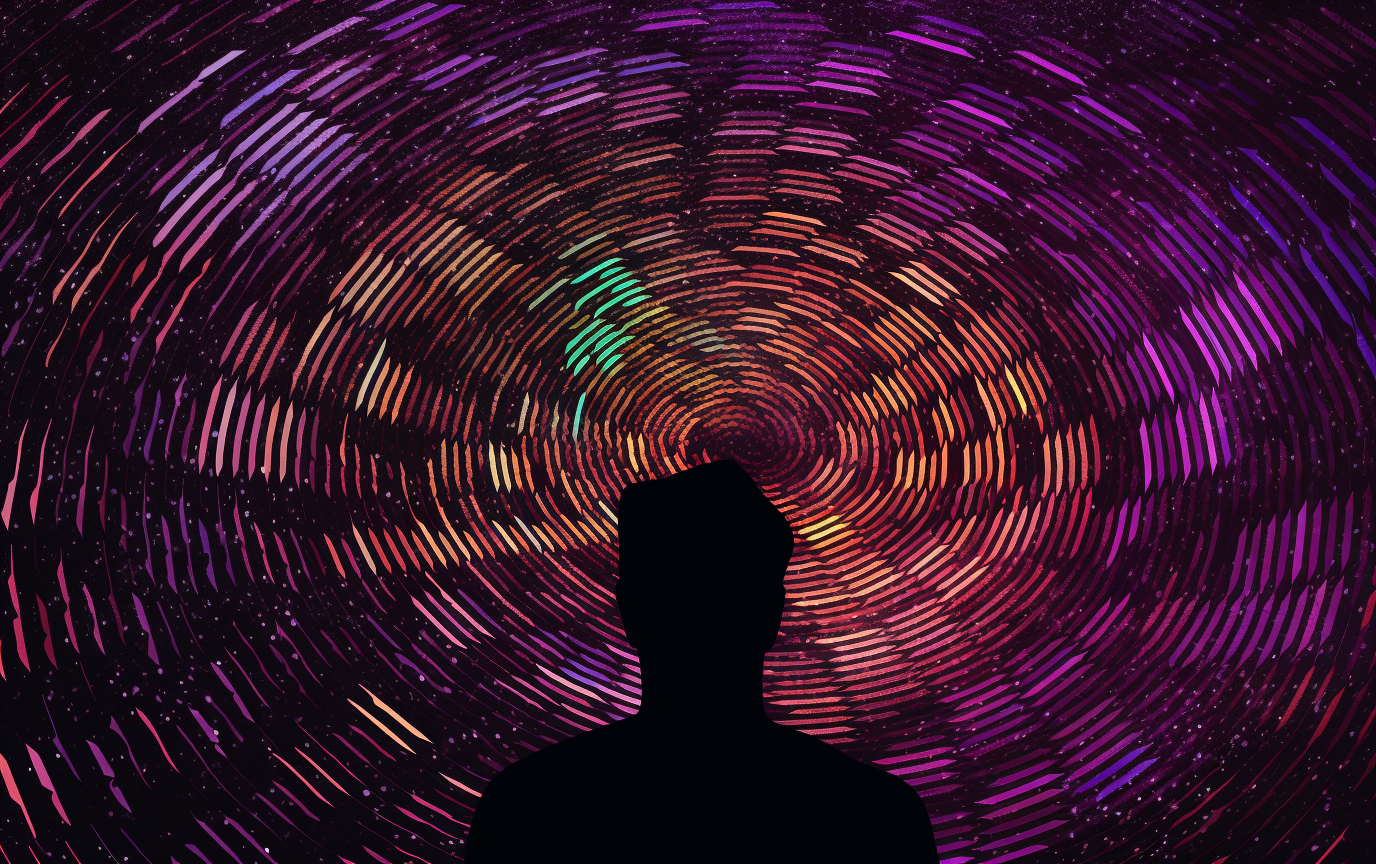

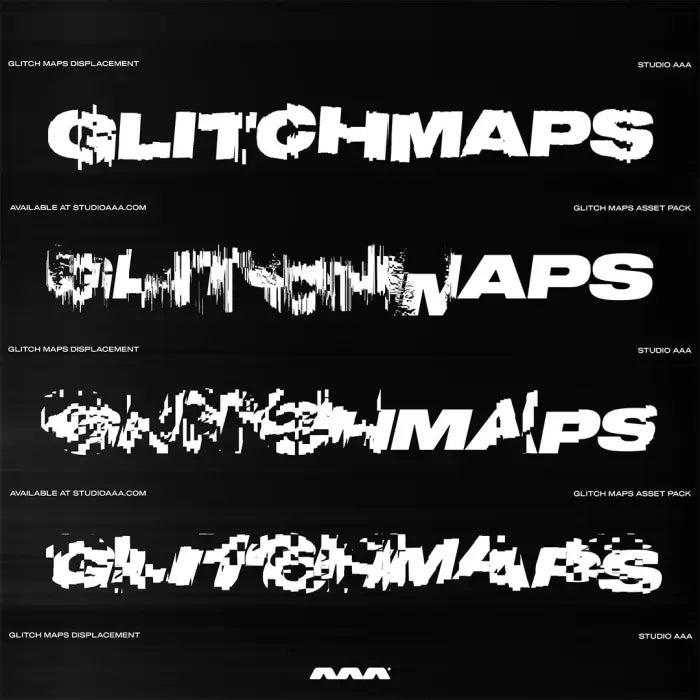
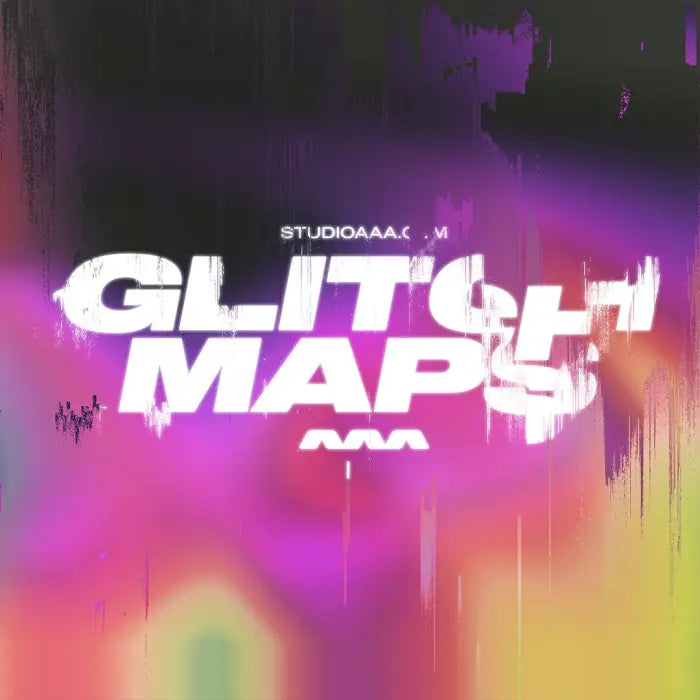

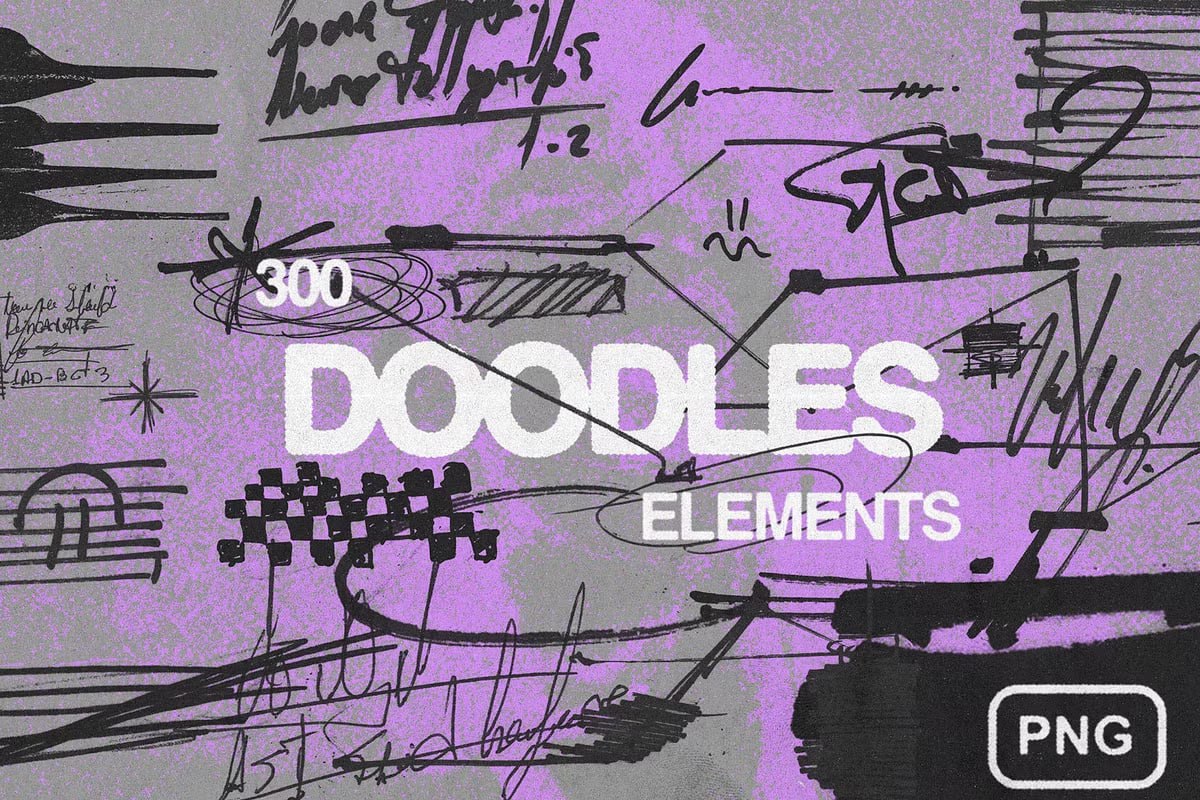
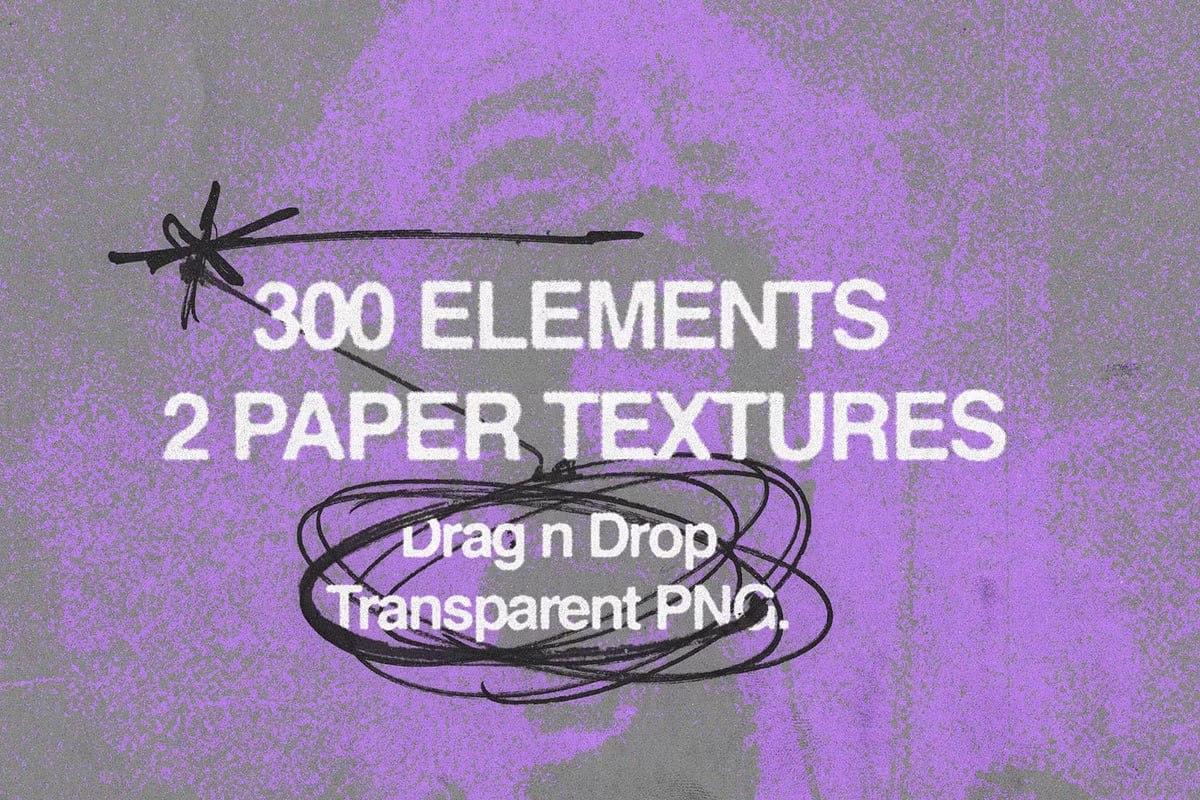
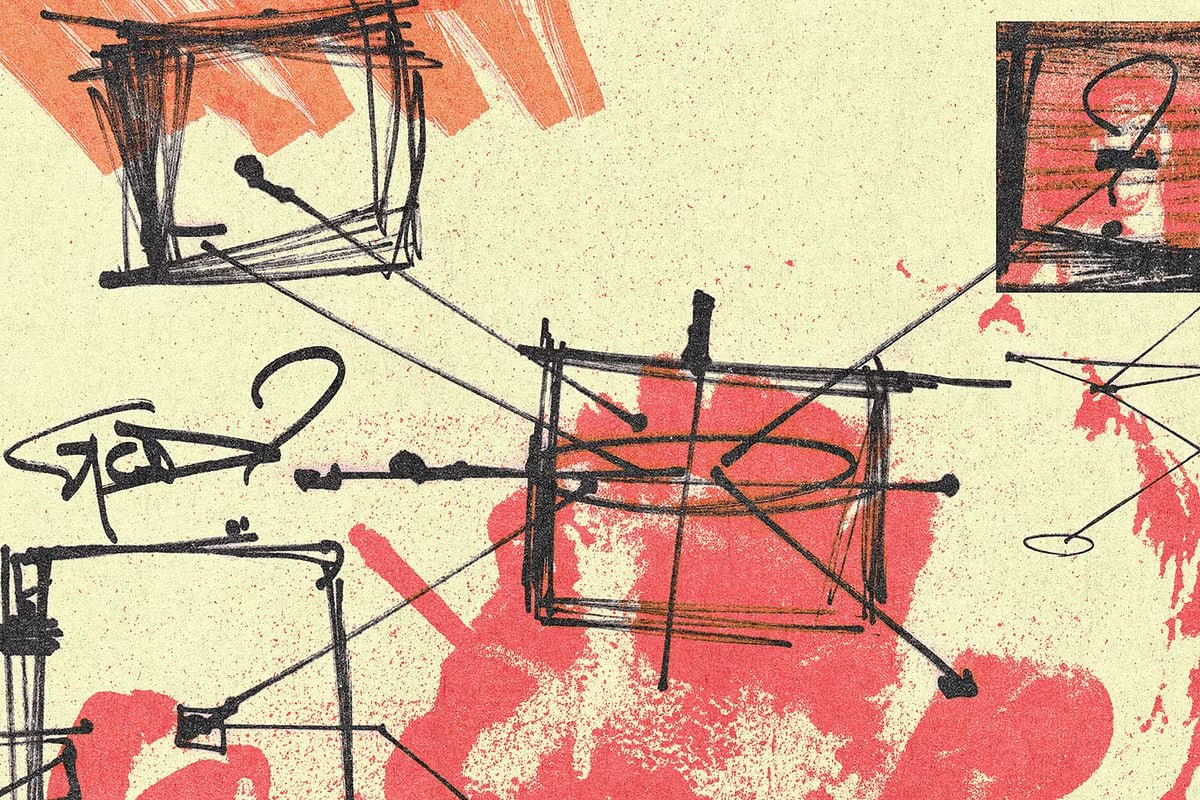
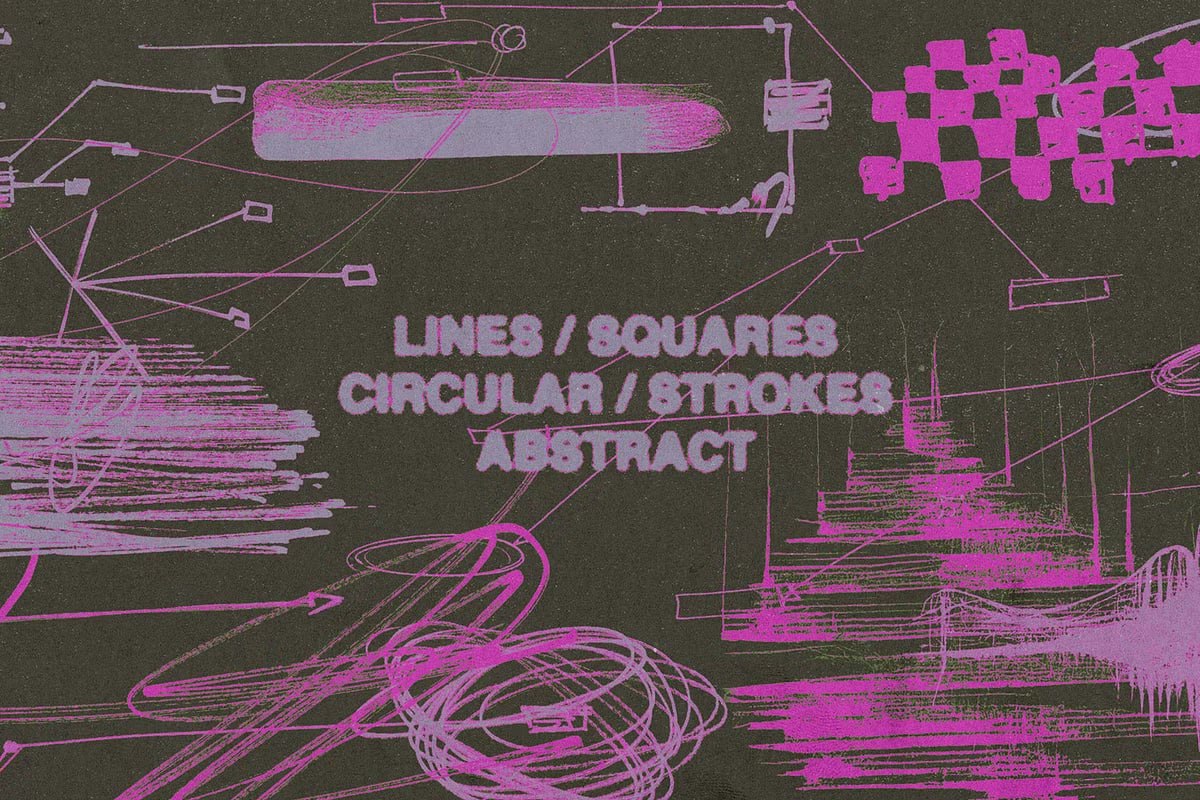
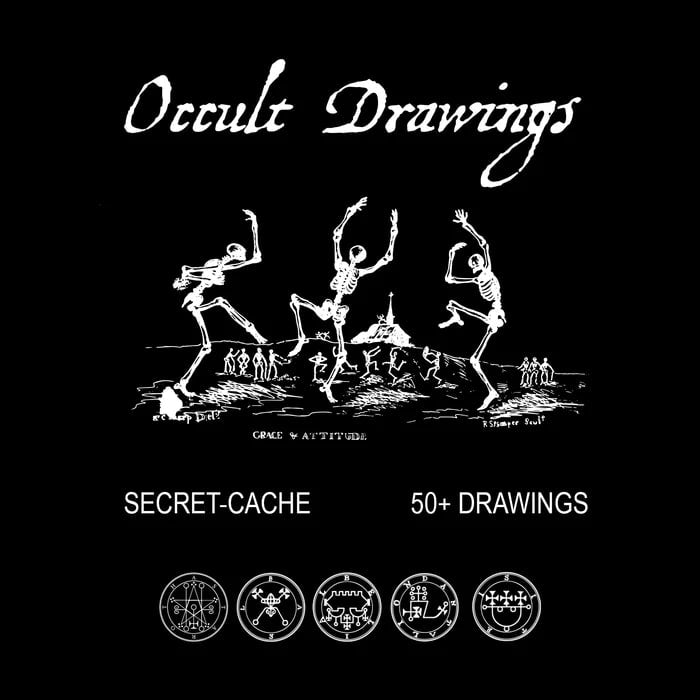
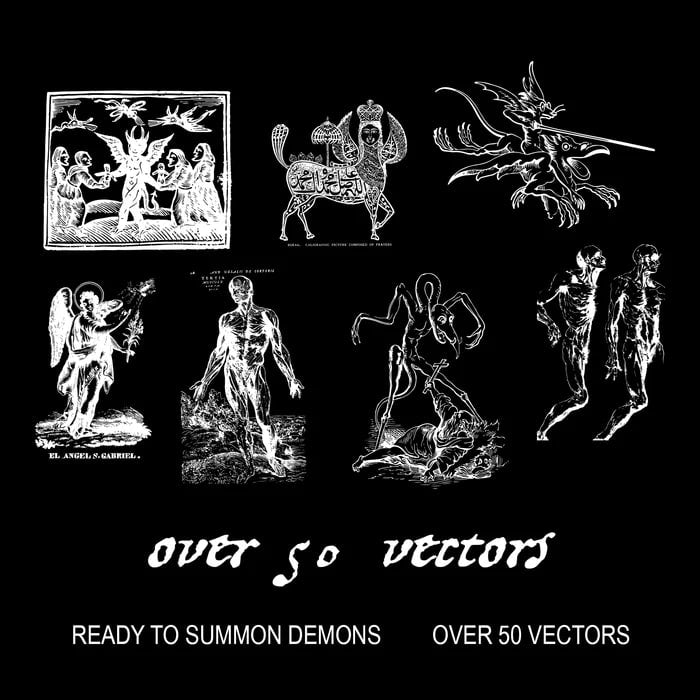
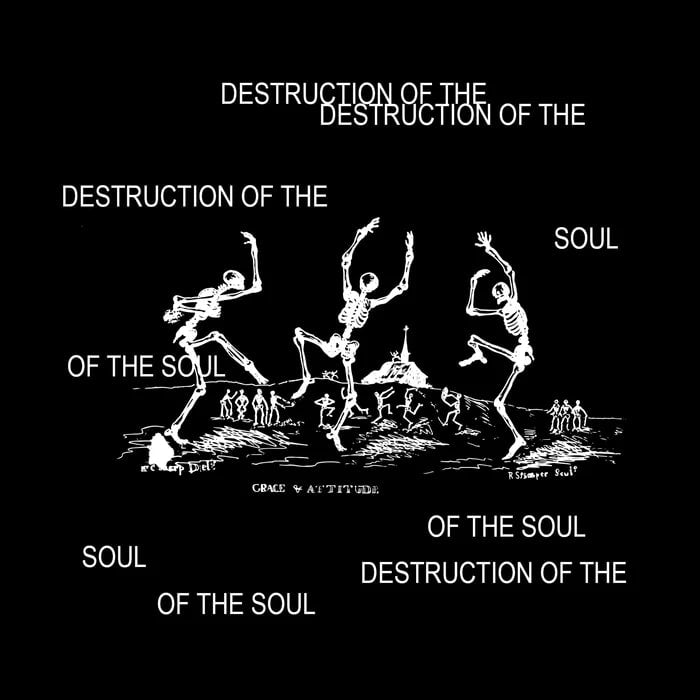
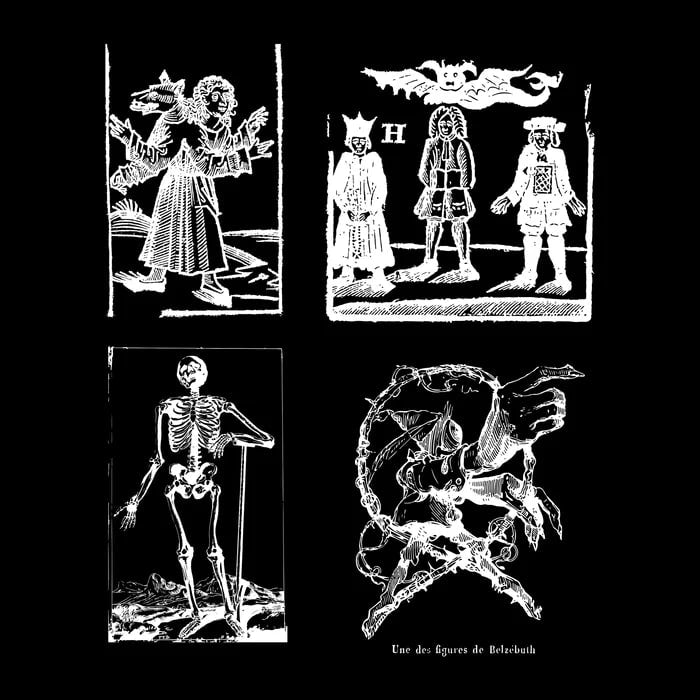
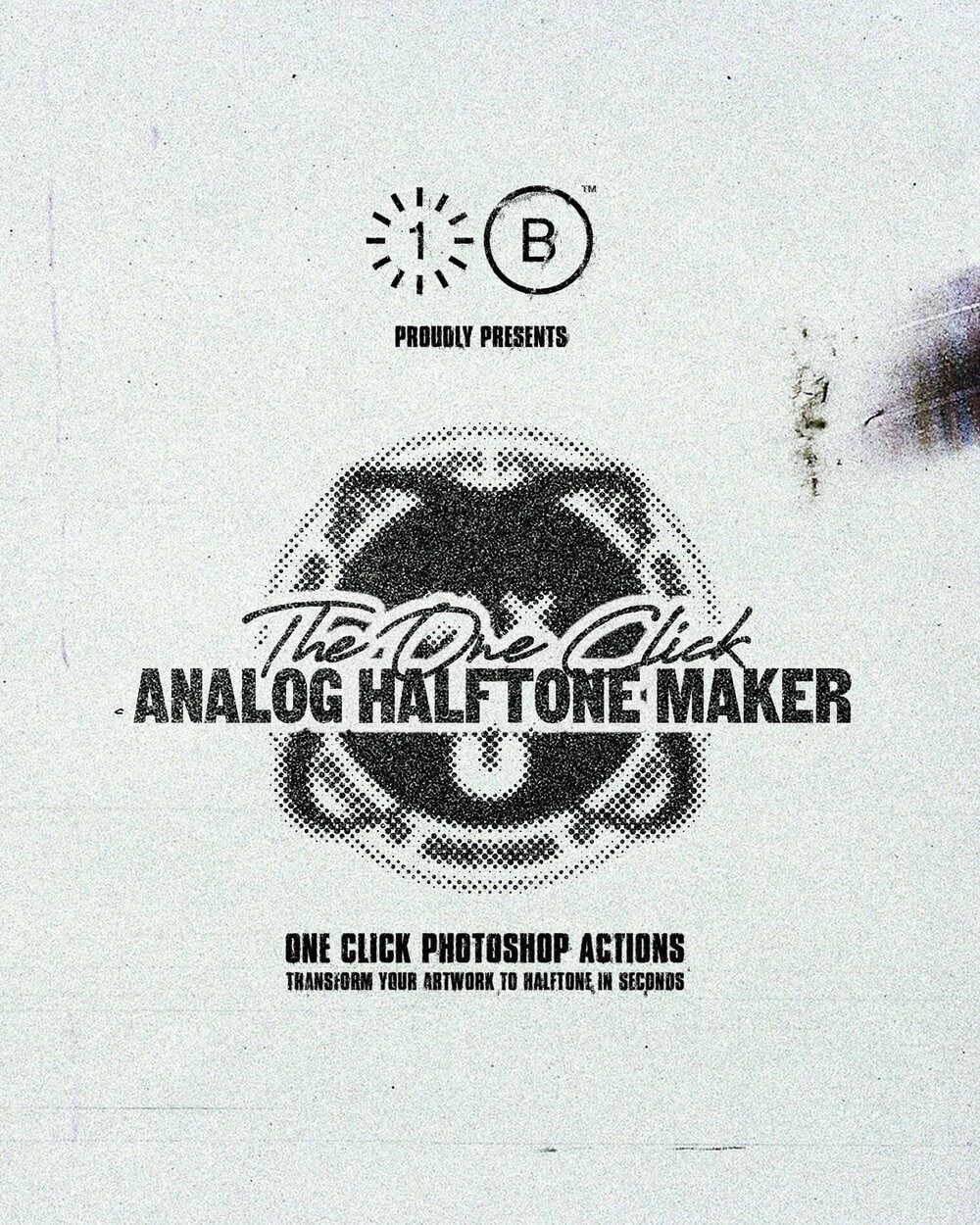
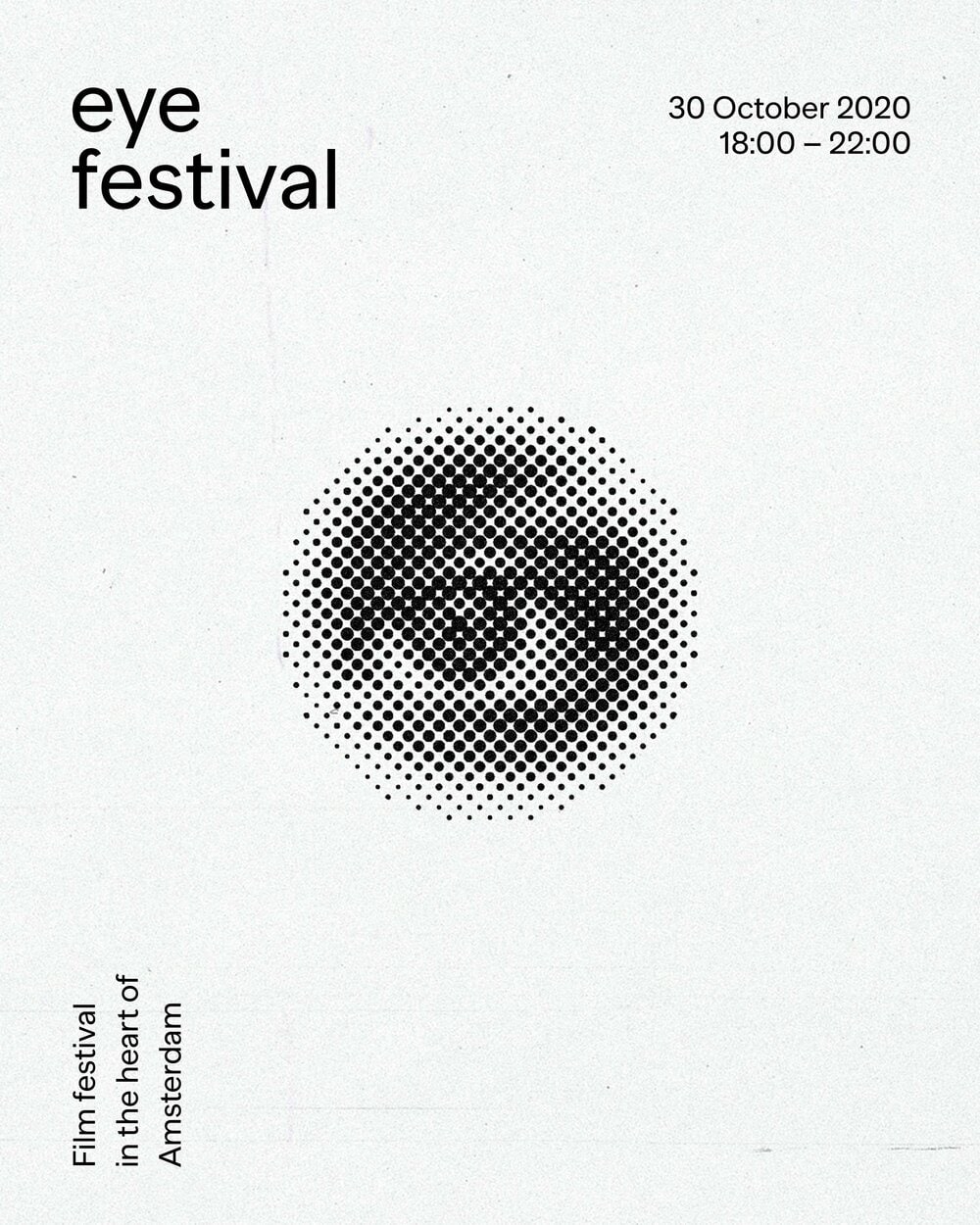
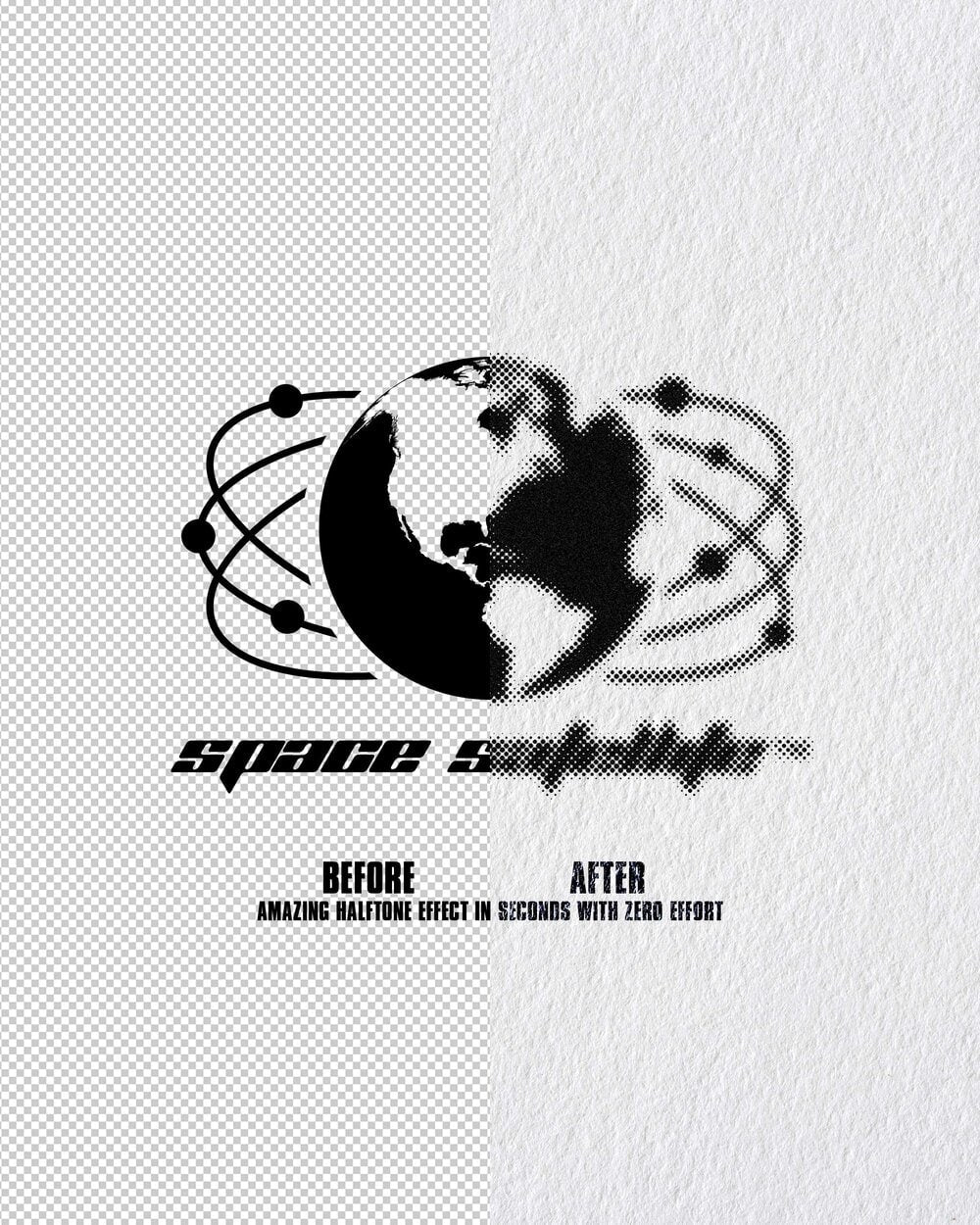
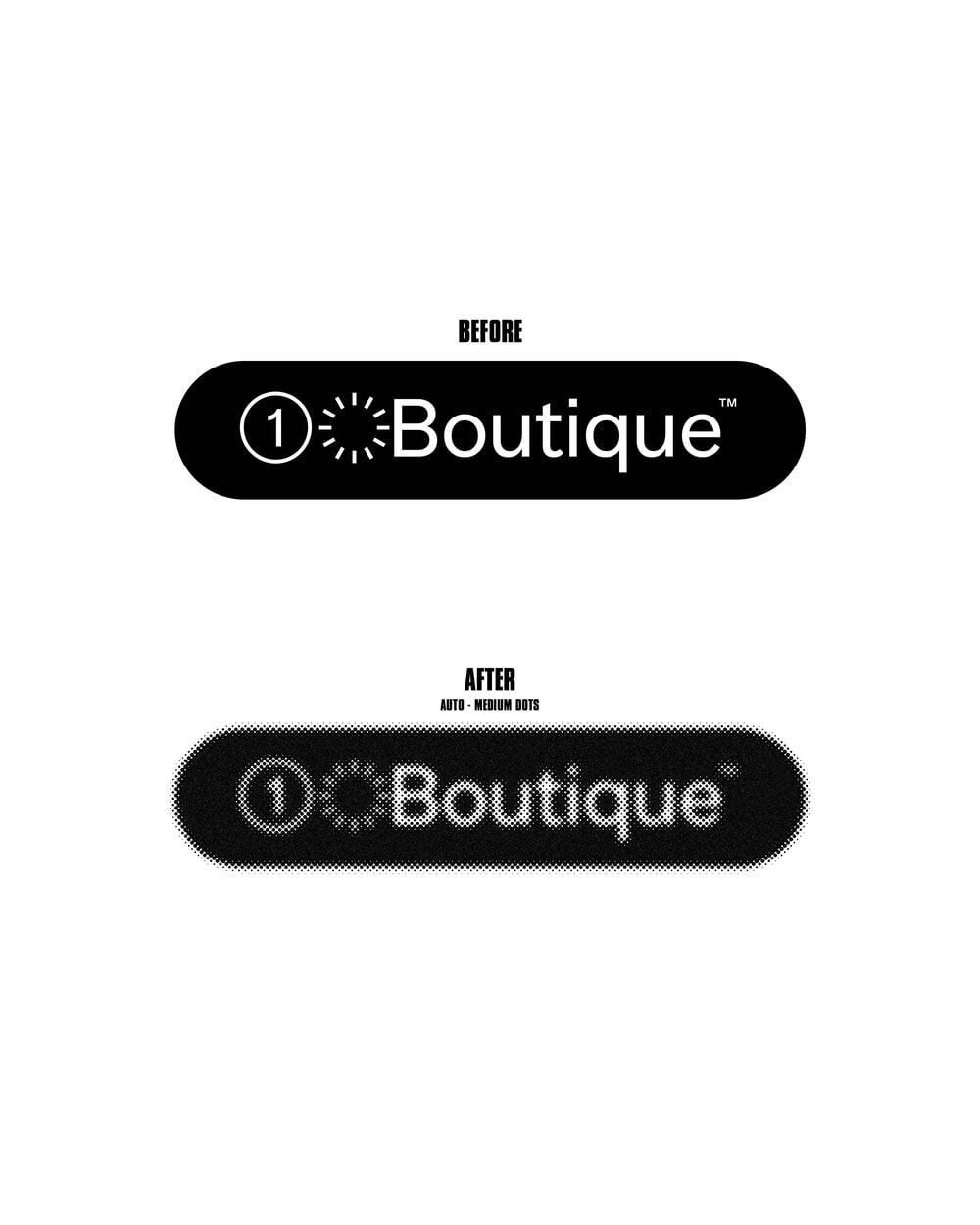

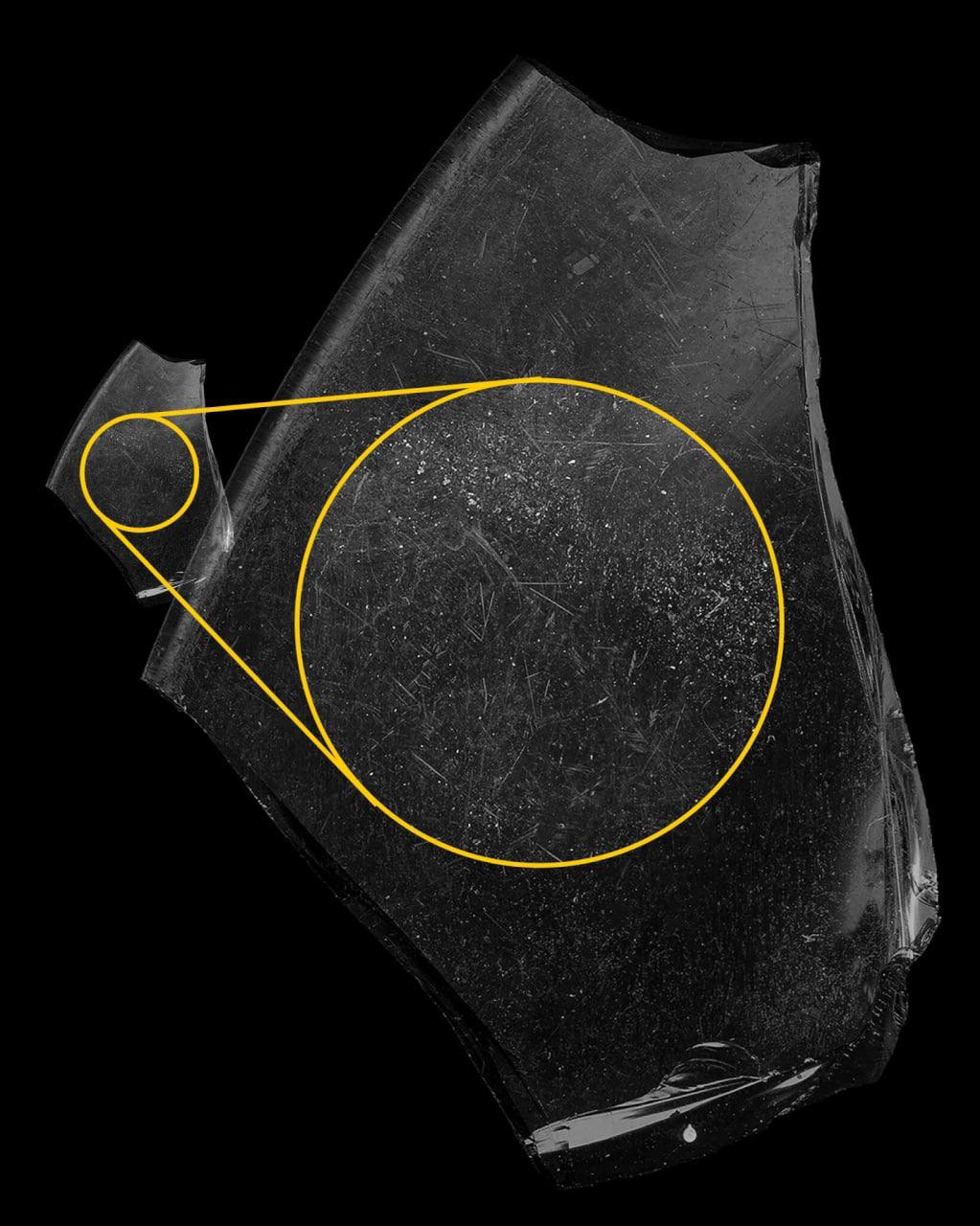
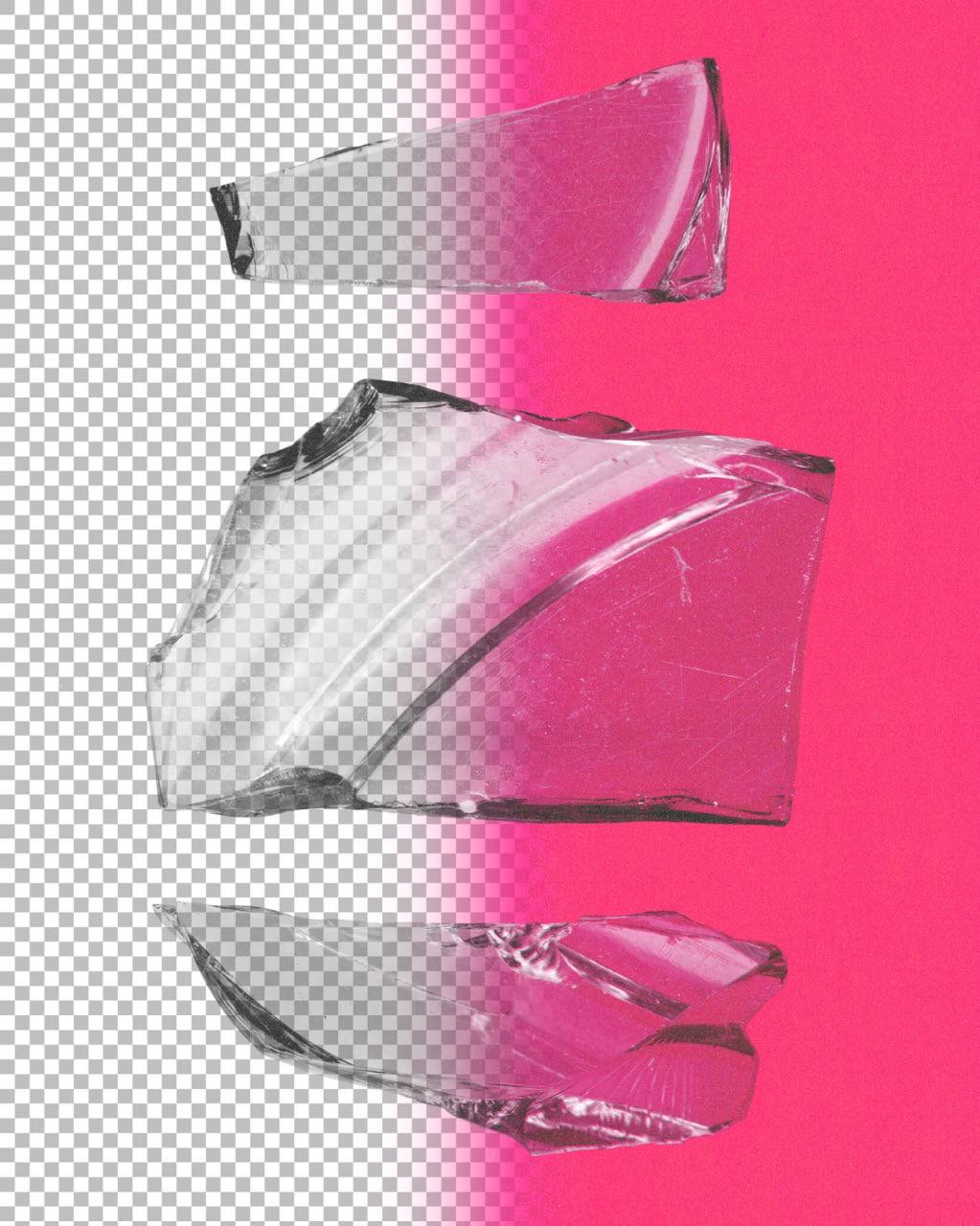
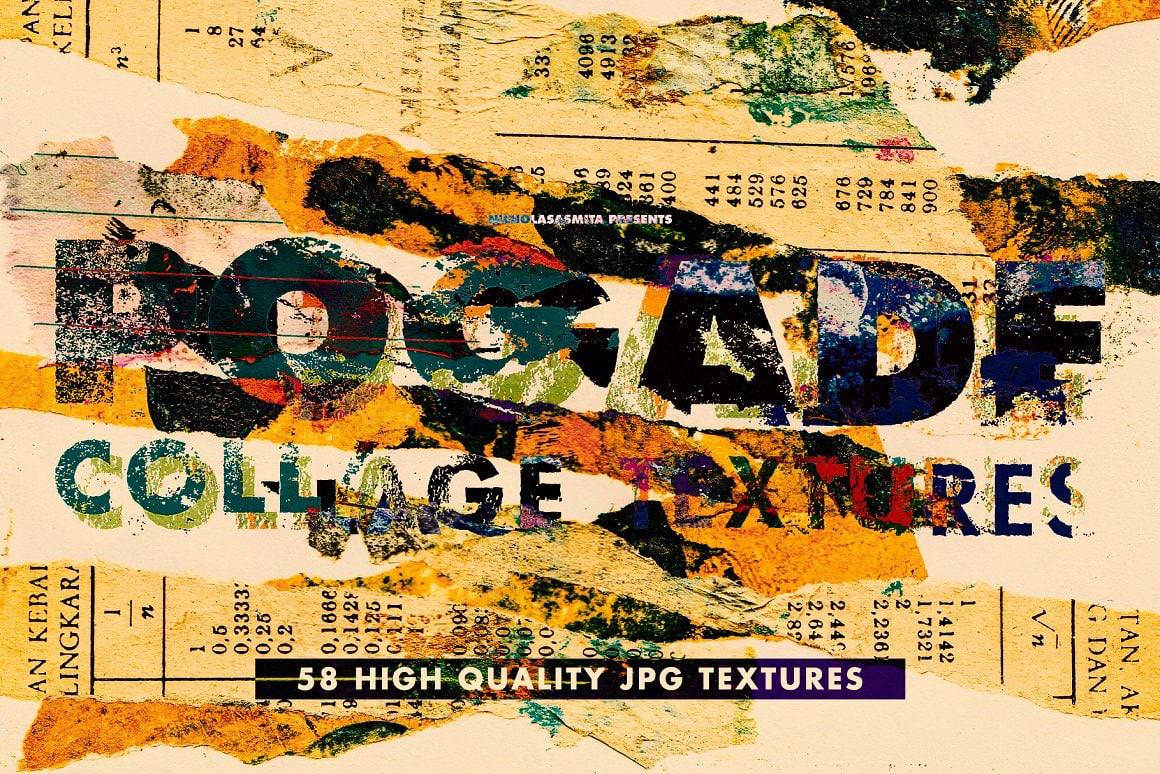
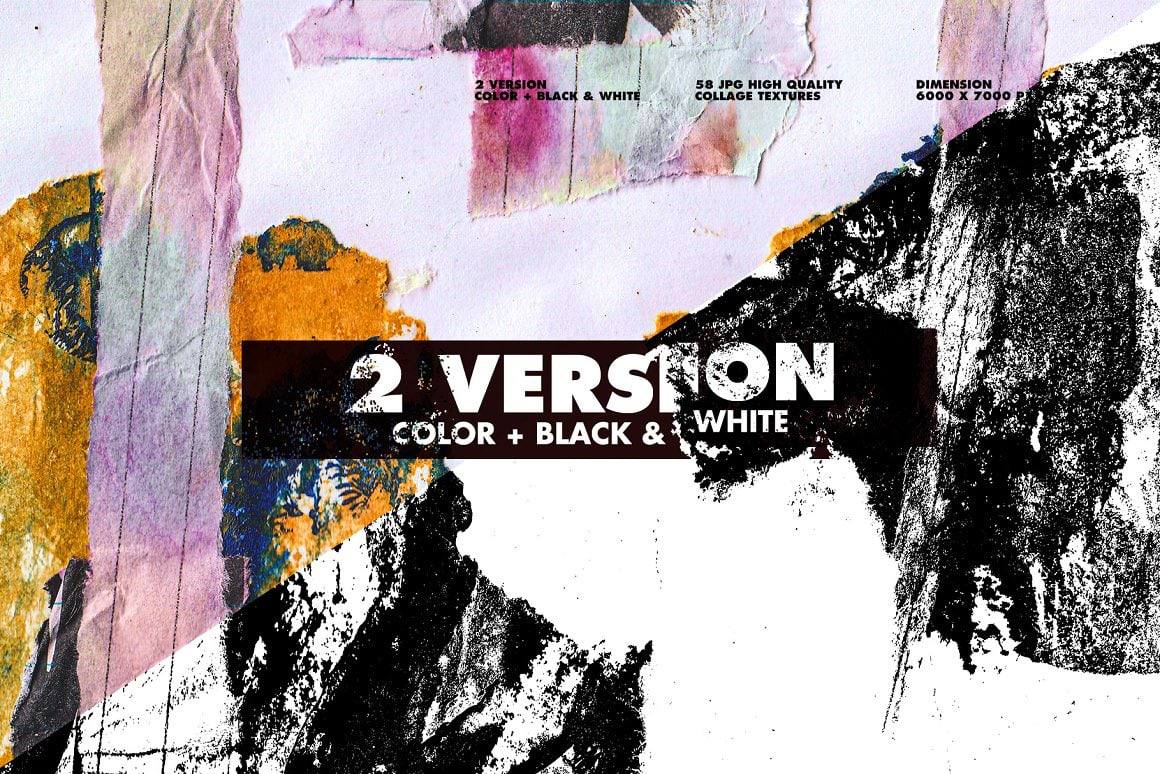
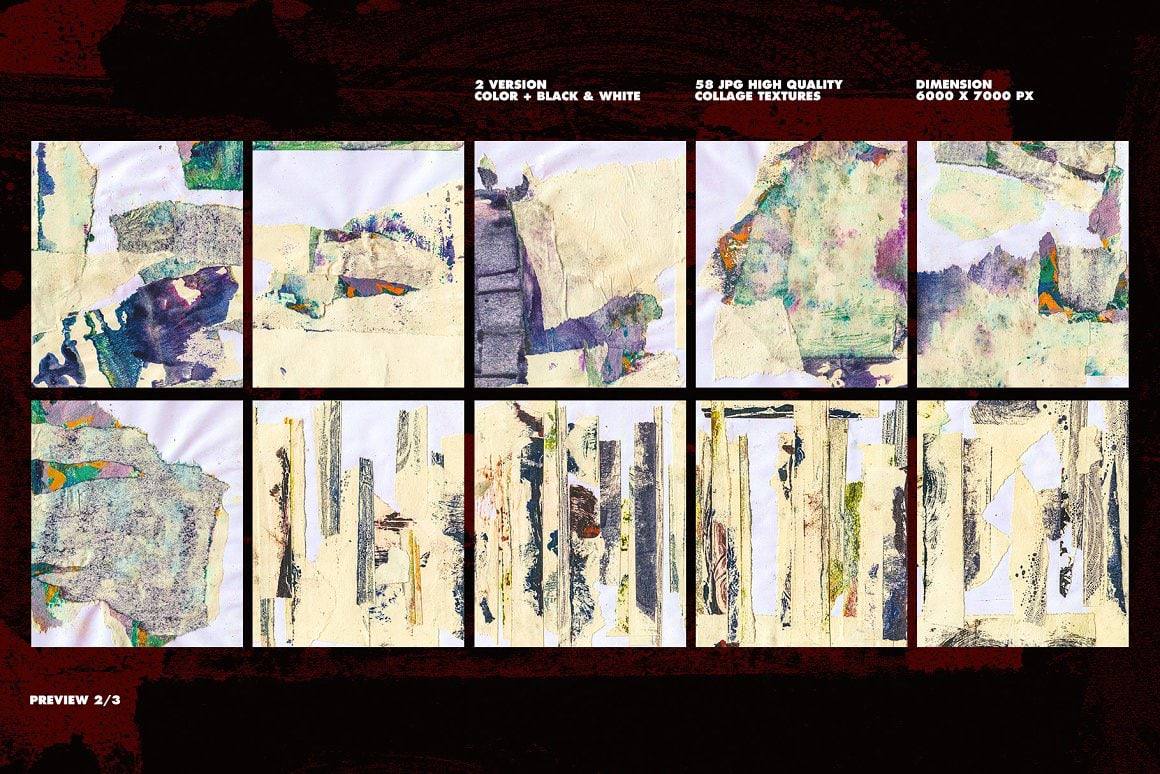
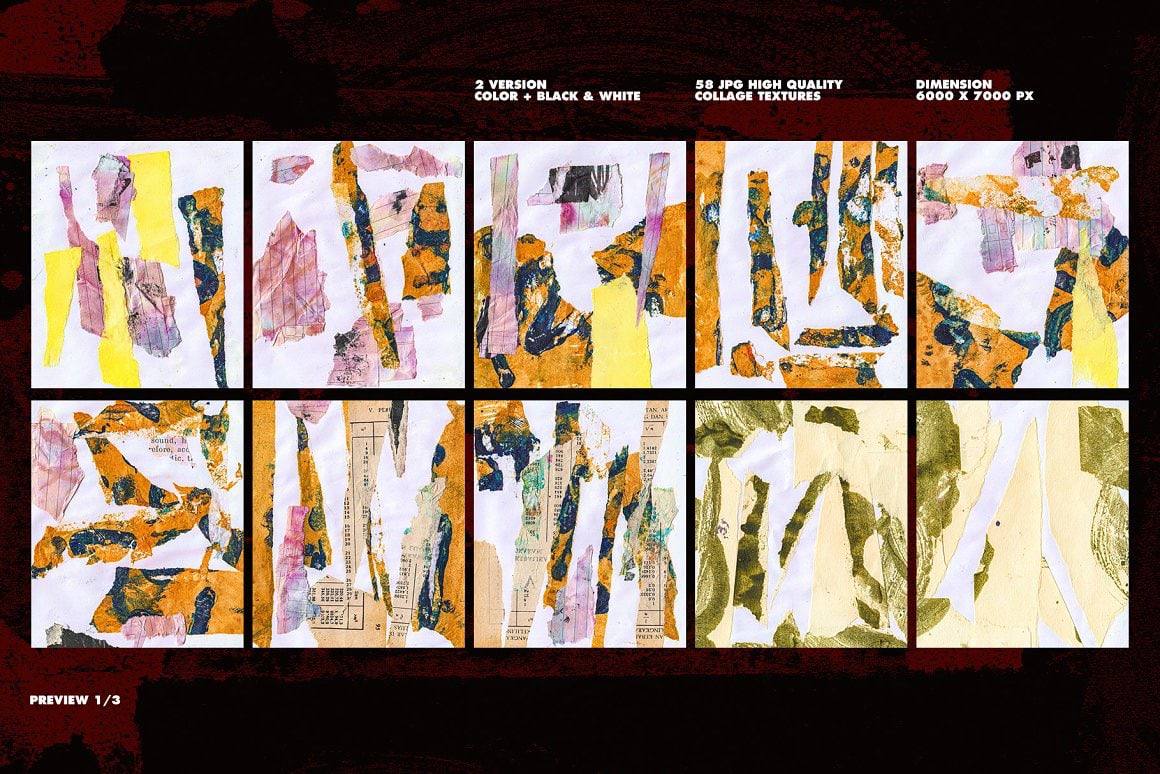
!["Friendly bowling" T-SHIRT [BY OldPiece]](http://hytrape.com/cdn/shop/files/store-1725996094337-3948653211.webp?v=1728406379&width=713)
!["Friendly bowling" T-SHIRT [BY OldPiece]](http://hytrape.com/cdn/shop/files/boulisteaction3.webp?v=1728406380&width=713)
!["Friendly bowling" T-SHIRT [BY OldPiece]](http://hytrape.com/cdn/shop/files/Slide2copie2.webp?v=1728406379&width=713)
![TEE SHIRT 'LA FENÊTRE BLEUE' [BY SOBRIDOLUCAS] HYTRAPE](http://hytrape.com/cdn/shop/files/unisex-organic-cotton-t-shirt-white-front-66d5ddf9ec561.png?v=1725292308&width=1000)
![TEE SHIRT 'LA FENÊTRE BLEUE' [BY SOBRIDOLUCAS] HYTRAPE](http://hytrape.com/cdn/shop/files/Snapinsta.app_457747205_1046967493462404_5975175811843993143_n_1080.jpg?v=1725290525&width=1080)
![TEE SHIRT 'LA FENÊTRE BLEUE' [BY SOBRIDOLUCAS] HYTRAPE](http://hytrape.com/cdn/shop/files/Snapinsta.app_457510027_354964294352070_6122665455252351037_n_1080.jpg?v=1725290667&width=1080)
![TEE SHIRT 'LA FENÊTRE BLEUE' [BY SOBRIDOLUCAS] HYTRAPE](http://hytrape.com/cdn/shop/files/unisex-organic-cotton-t-shirt-white-front-66d5ddf9f167b.png?v=1725292440&width=1000)


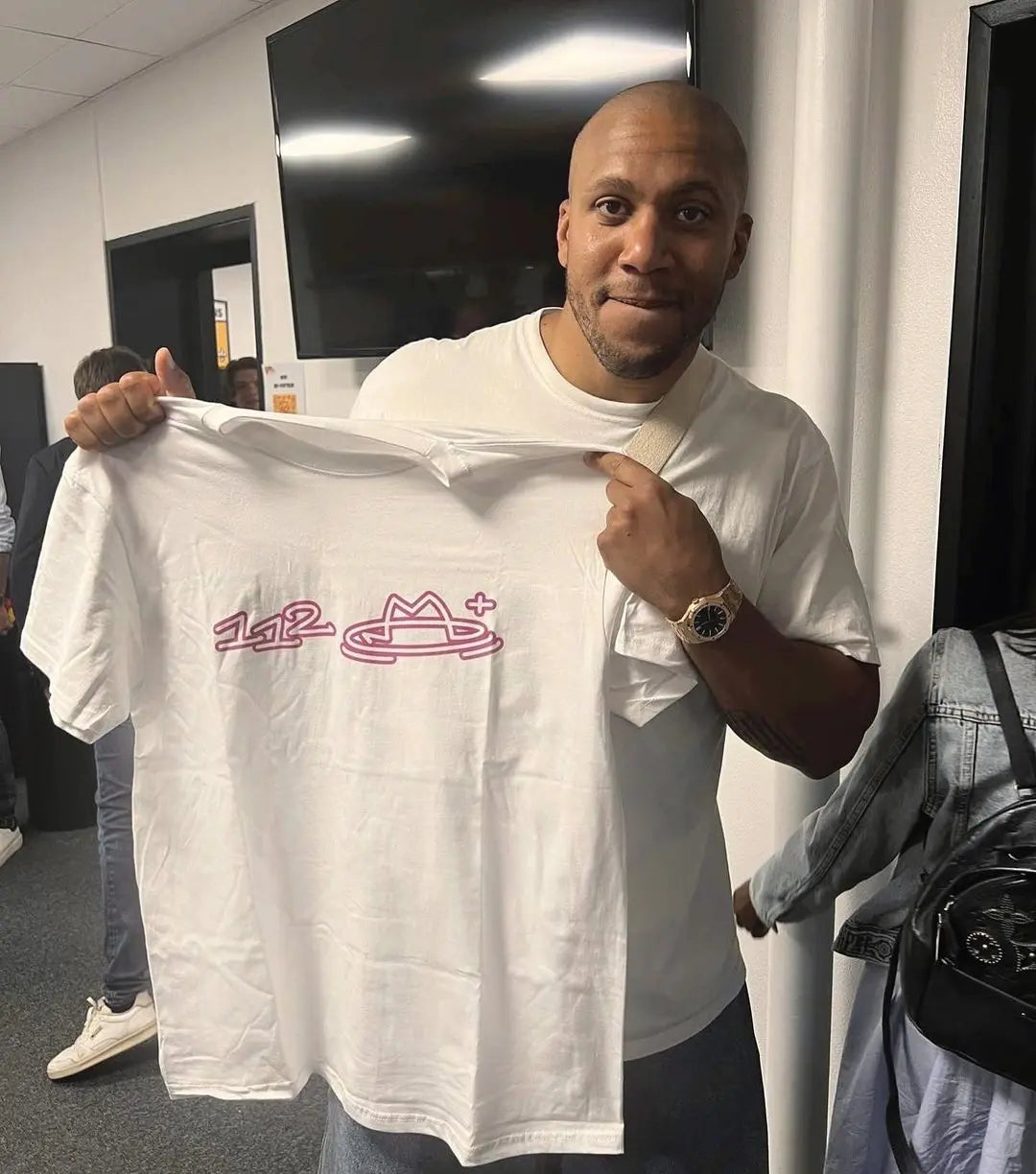
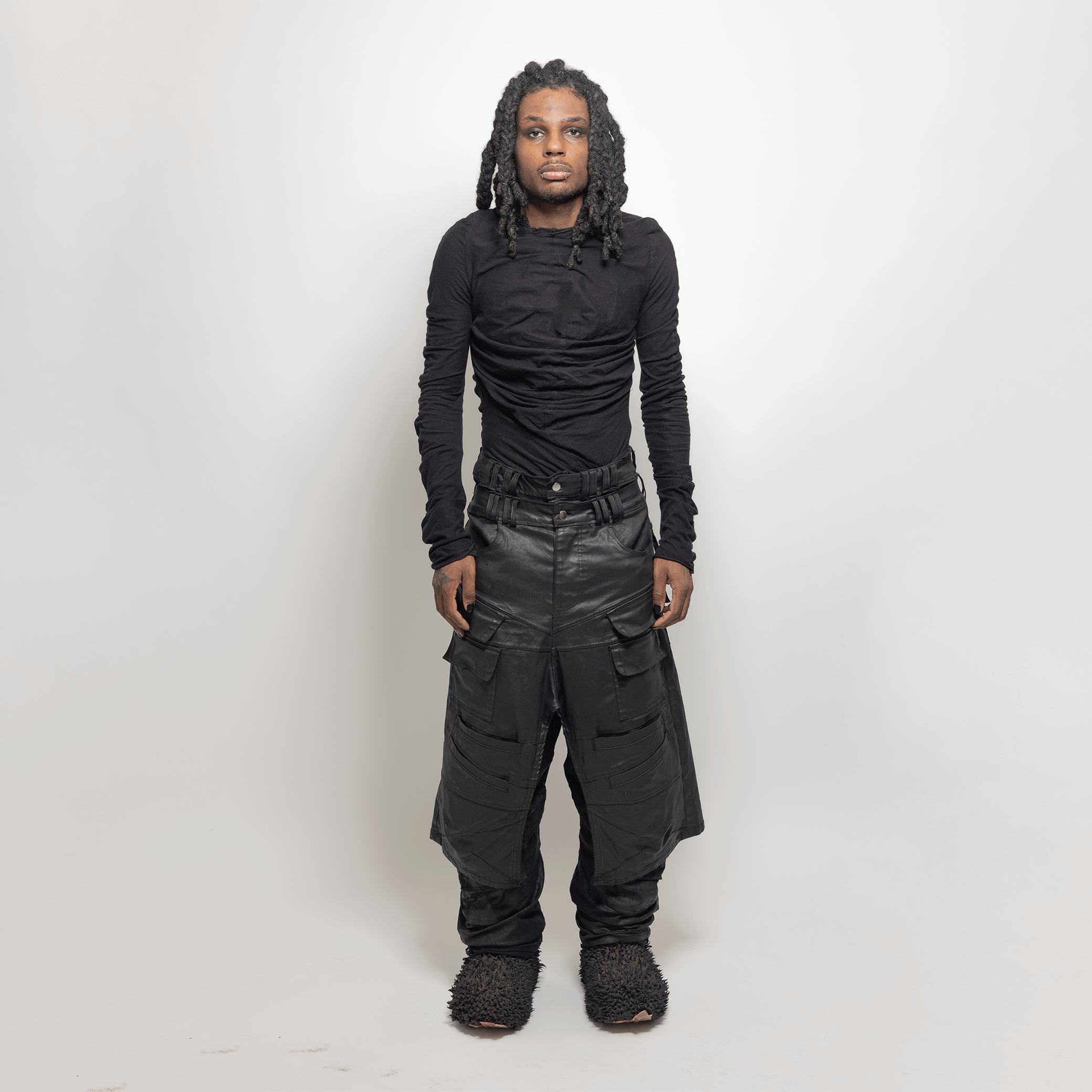







Share: